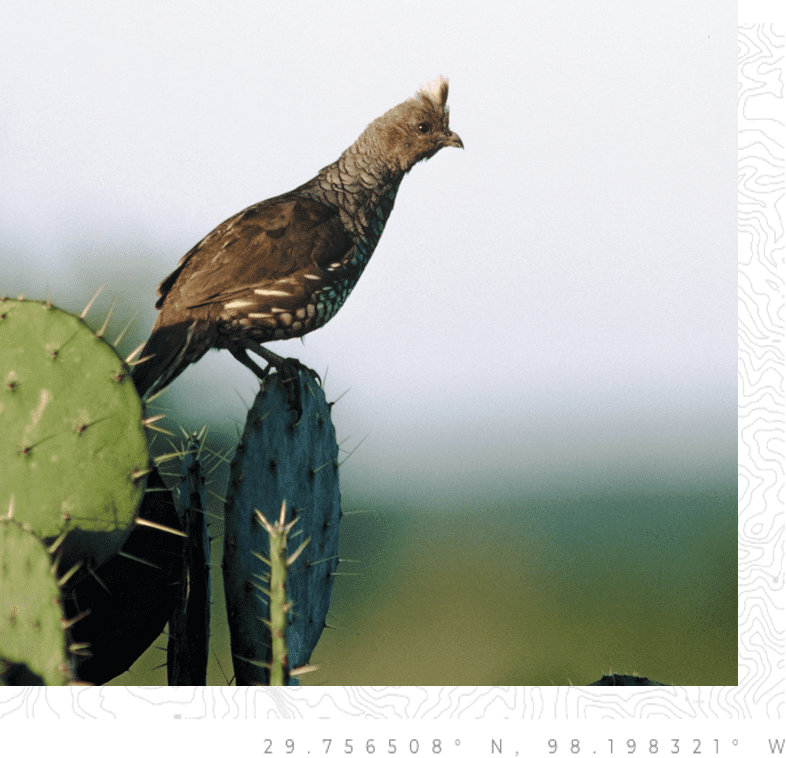My take, because I know that private land ownership and the right to do what one wants with one's private land (i.e. high fence it) is one of the TWA's reasons for existence....it's an attempt at addressing that elephant in the room.....the one that stands on the outside of the tall fence and claims ownership of ALL of God's creatures in this state.....but isn't allowed inside the tall fence to kill them.....and in fact is told that the ones inside the tall fence belong to the owner in that they can be bought for a price.
Without taking sides on the above argument, it appears to me that what you're trying to do is address the above issue and somehow convince the guy on the outside of the fence that he needs to support the guy on the inside's right to tell him he can't come shoot his deer, because that's what responsible stewards of wildlife do. There's no way you're ever going to convince him of that, just like the little guy on the outside of the fence is never going to convince the state that true public ownership of the wildlife requires that the tall fences come down. It's a never-ending cycle.
Without taking sides on the above argument, it appears to me that what you're trying to do is address the above issue and somehow convince the guy on the outside of the fence that he needs to support the guy on the inside's right to tell him he can't come shoot his deer, because that's what responsible stewards of wildlife do. There's no way you're ever going to convince him of that, just like the little guy on the outside of the fence is never going to convince the state that true public ownership of the wildlife requires that the tall fences come down. It's a never-ending cycle.





Comment